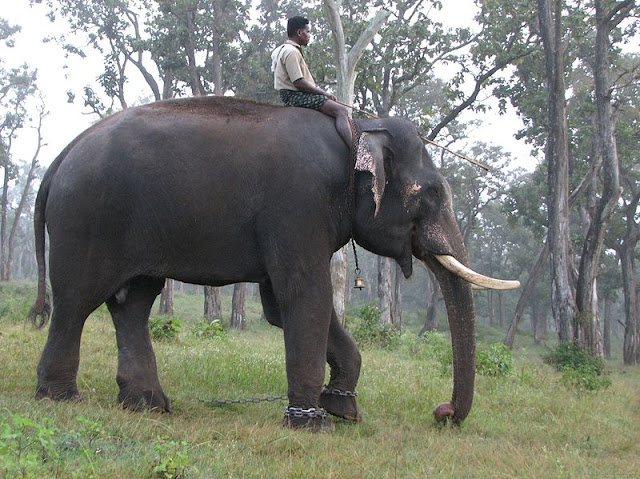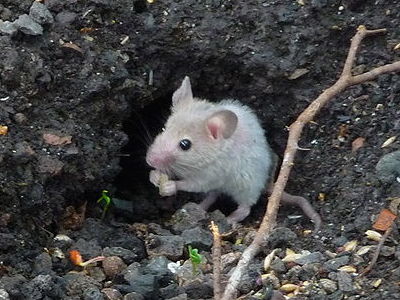Week 7 Storytelling, The Unlucky Well
One upon a time there was an old man who was very sick. He went to sleep one night and had a very vivid dream, almost as if the spirits were talking to him. He dreamed that a spirit came and got him from his bed and took him on an adventure. The spirit lead him to a boat which he got in and paddled down a river and ended up at the foot of a mountain. Then the spirit lead him all the way up the mountain without going on one single path. When he reached the top of the mountain there were two huge walls made of rocks which what seemed to be a gate in the middle. The gate looked like it could lead to something very important. From here it was his decision to walk through the gate or go back down the mountain. The old man decided to walk through the gate and was surprised as to what he found on the other side. On the other side of the gate was a large well that was very hard to get to. He tied a cup onto a stick and dipped it into the well and retrieved water from the well. After the long j...



